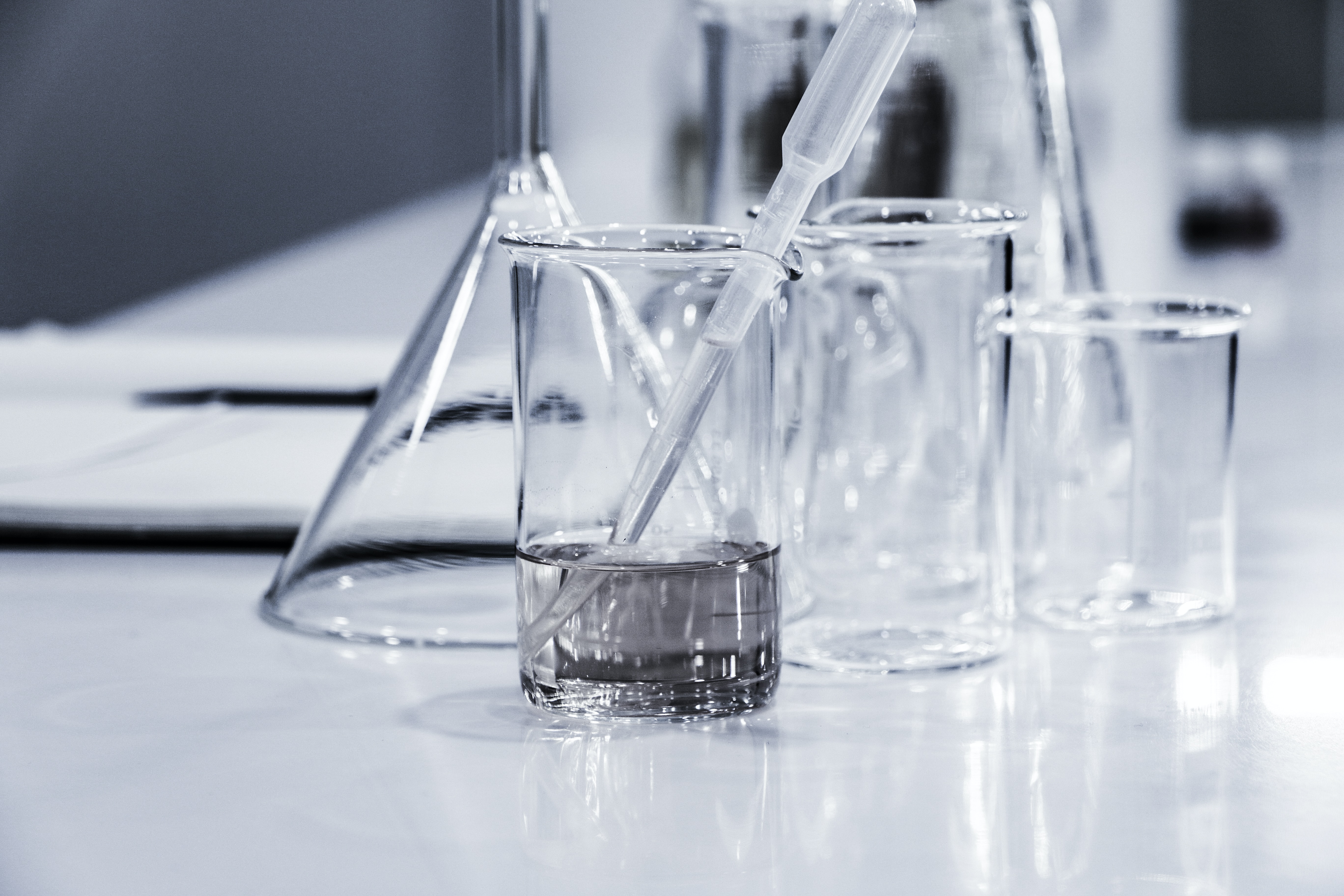Opposing Laboratory Manufacture of Children from Gamete-like Cells
By Staff,
Alliance for Humane Biotechnology
| 06. 07. 2023
Photo by Hans Reniers on Unsplash
INTRODUCTION
Research on the manufacture of egg-like and sperm-like cells for the purpose of producing laboratory-crafted human children is proceeding rapidly. The objective is to turn ordinary body cells of prospective parents into artificial eggs and sperm. Though ostensibly developed to facilitate reproduction in individuals for whom this capability is impaired or unavailable, the use of laboratory produced eggs and sperm represent an opening for the routine production and commercialization of “designer babies.” (1) These are individuals whose hereditary components are technologically modified to meet one or more specified objectives.
Researchers refer to creating eggs and sperm (gametes) in the laboratory as in vitro gametogenesis or IVG. The experimental process begins with “somatic” or body cells, e.g., from adult blood or skin. These cells are not those that evolved to produce gametes during embryonic development. The somatic cells are modified with extra DNA or RNA, or by exposing them to proteins or drugs, which has the effect of turning some of them into induced pluripotent stem cells (iPSCs). The iPSCs are next exposed to...
Related Articles
By Katherine Long, Ben Foldy, and Lingling Wei, The Wall Street Journal | 12.13.2025
Inside a closed Los Angeles courtroom, something wasn’t right.
Clerks working for family court Judge Amy Pellman were reviewing routine surrogacy petitions when they spotted an unusual pattern: the same name, again and again.
A Chinese billionaire was seeking parental...
By Sarah A. Topol, The New York Times Magazine | 12.14.2025
The women in House 3 rarely had a chance to speak to the women in House 5, but when they did, the things they heard scared them. They didn’t actually know where House 5 was, only that it was huge...
By Sarah Kliff, The New York Times | 12.10.2025
Micah Nerio had known since his early 30s that he wanted to be a father, even if he did not have a partner. He spent a decade saving up to pursue surrogacy, an expensive process where he would create embryos...
By Carter Sherman, The Guardian | 12.08.2025
A huge defense policy bill, revealed by US lawmakers on Sunday, does not include a provision that would have provided broad healthcare coverage for in vitro fertilization (IVF) for active-duty members of the military, despite Donald Trump’s pledge...




